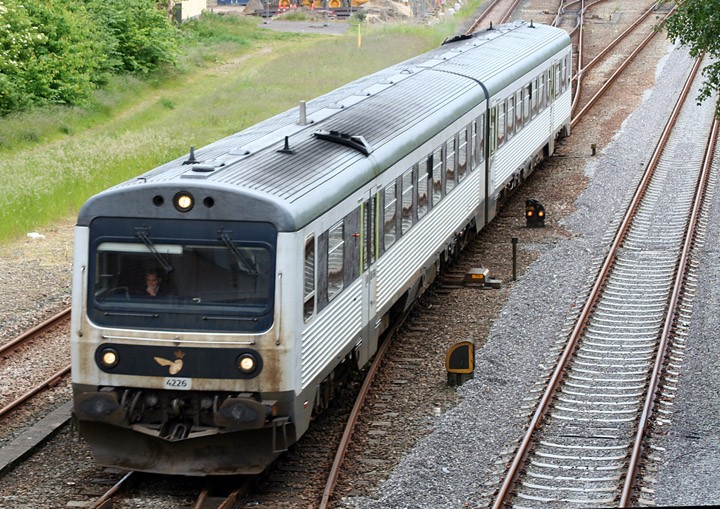I've been looking for some data on the traffic volumes experienced between Winnipeg and Selkirk and I think I've found something relevant.
The Winnipeg Area Travel Survey of 2007 was conducted by
iTrans Consulting (now HDR Inc.) of Ottawa.
The two areas of interest to me are labelled [1]:
External District #23 - East St. Paul & West St. Paul, and
External District #27 - 'North Northeast' and includes Selkirk, Winnipeg Beach, Grand Marais, and St. Andrews.
They surveyed over 366 households[2] in 'North Northeast' who regularly commute to/from this area.
For External District #23, the report has a combined population of 13,230, contains 4,390 households, and of that 8,760 active commuters using a total of 10,480 vehicles.[3]
For External District #27, the report has a combined population of 33,200, contains 12,650 households, and of
that 12,700 active commuters using a total of 24,910 vehicles.[4]
When the figure for Active Commuters in External Districts #23 and #27 are combined, it totals 21,400 vehicles daily.
While installing commuter rail line between Winnipeg and Selkirk areas might encourage more people to live beyond the Perimeter Hwy., it is inevitable that growth in the Winnipeg Capital Region will create this anyways.
A diesel (DMU) commuter train can carry 50-300 passengers at once compared to one diesel bus of 50 passengers.
A Diesel Multiple Unit train provides a much smoother ride for passengers because the train glides along smooth track, rather than having to ride along poor quality asphalt roadway.
A DMU train can be kept outdoors and does not require any indoor heating, unlike a bus that needs to be kept warm in the Winter.
[1] "
2007 Winnipeg Area Travel Survey Results - Final Report", iTrans Consulting Inc., pg. 7
[2] Ibid. pg. 6
[3] Ibid. pg. 80
[4] Ibid. pg. 88



